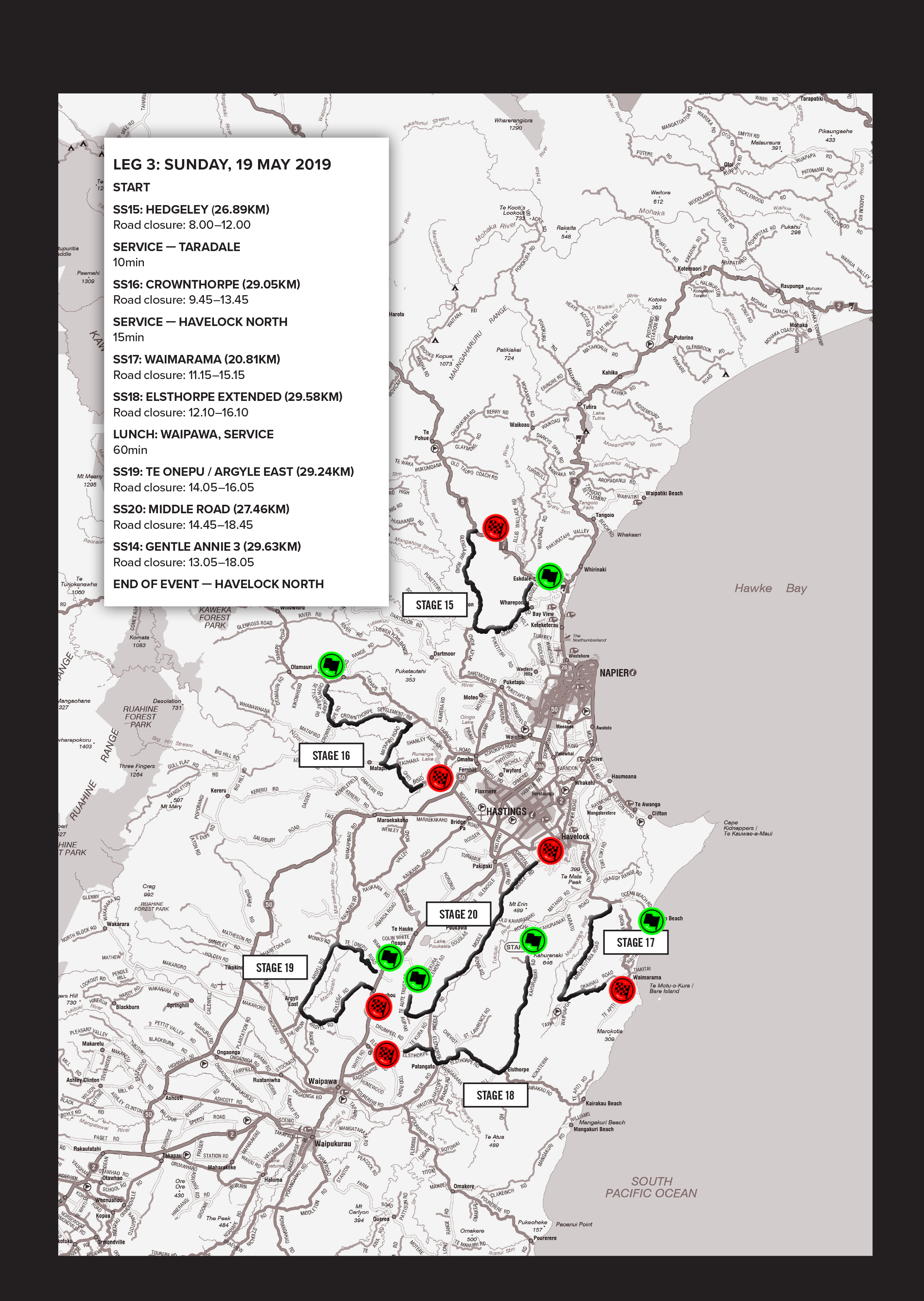
Welcome to another Targa Hawke’s Bay event. This year, we have combined the best roads from the Rotorua, Matamata, and Waikato areas with those from the Hastings and Central Hawke’s Bay regions to create an awesome route made up of more than 440kms of special stages and around 700kms of touring crammed into an action-packed three-day course.
This event is brought to you in association with the Piako Group, and we welcome Darrell and his team into the Targa family of event partners. The Piako Group is a well-established vehicle and rural machinery sales and service business with branches around the Waikato region.
We have also made a few changes to the running order of vehicles during the event, with the competition vehicles now leading the Tour group, so, when spectating, please get into a safe place early and wait for the announcement that the road is open before leaving your position.
As always, we appreciate the support from the local communities we travel through and the numerous groups that help along the way. From timing crews to safety marshals, service parks to car washes, we thank you all for your time.
The event will start from Rotorua, and teams will gather on Thursday afternoon on the Village Green to prepare for the official start on Friday morning. They will head north towards Matamata for a morning service before lunch at Lake Karapiro, returning to Rotorua that afternoon. On Saturday, the teams will head south towards Turangi for lunch and then over the Gentle Annie before arriving in Havelock North. Sunday will be around Hawke’s Bay, with lunch in Waipawa and finishing outside the Porters Boutique Hotel in Havelock North. Full event details and maps are listed below. Please check the Targa website for updates on the day: targa.nz.
Peter Martin
Managing Director
Ultimate Rally Group





